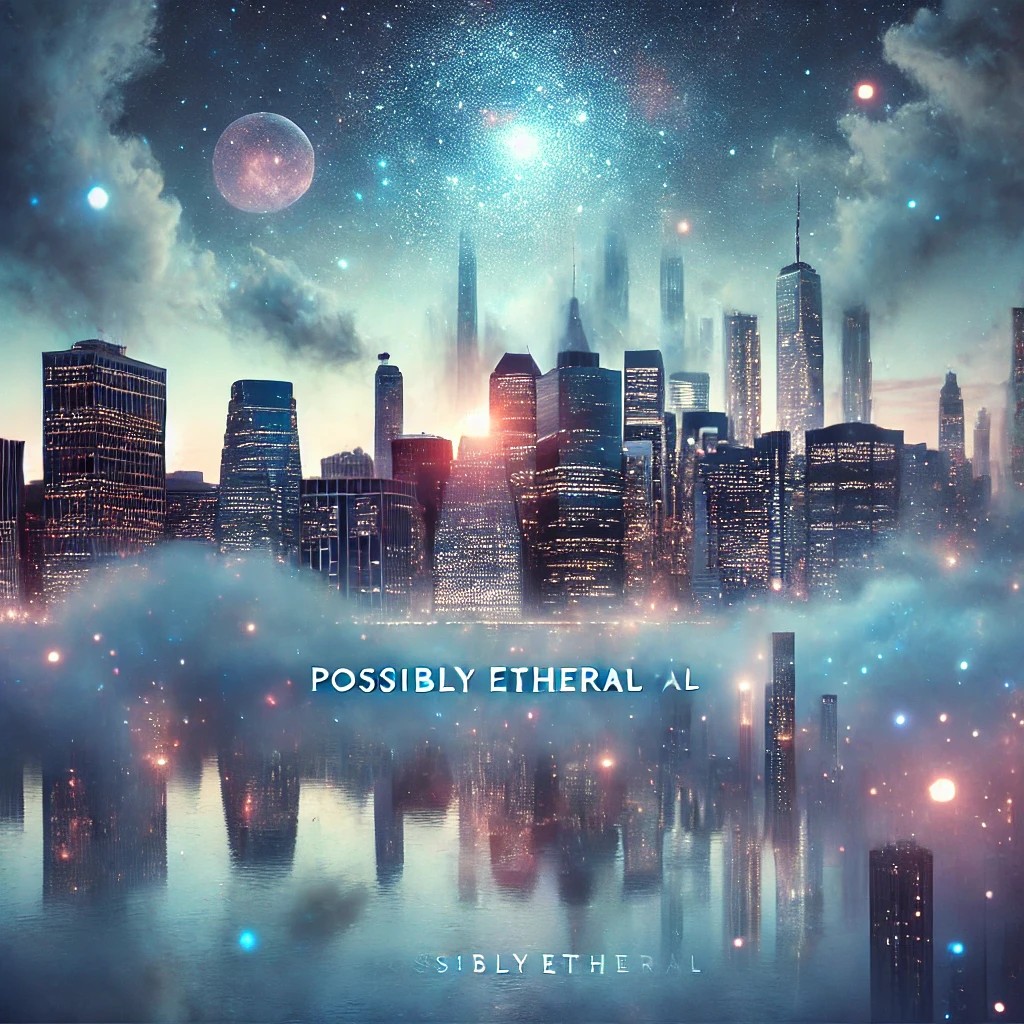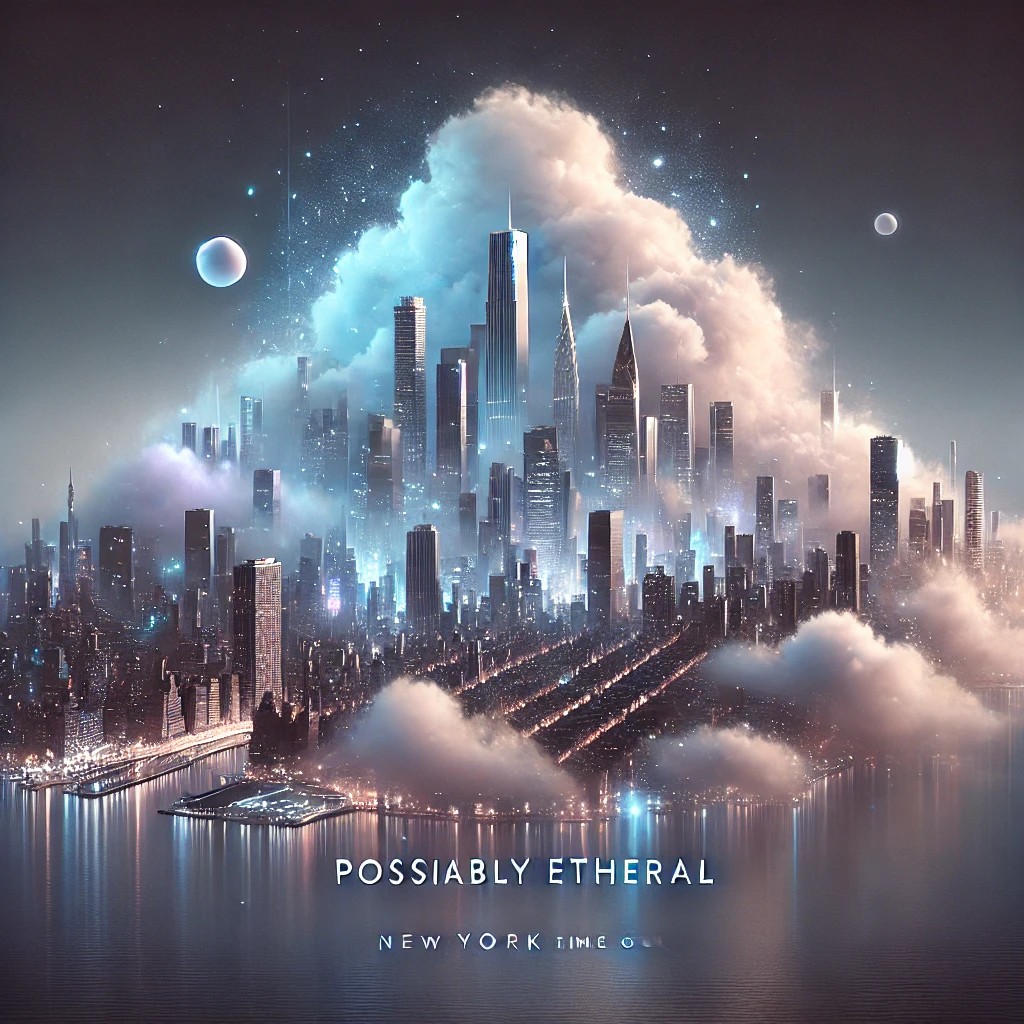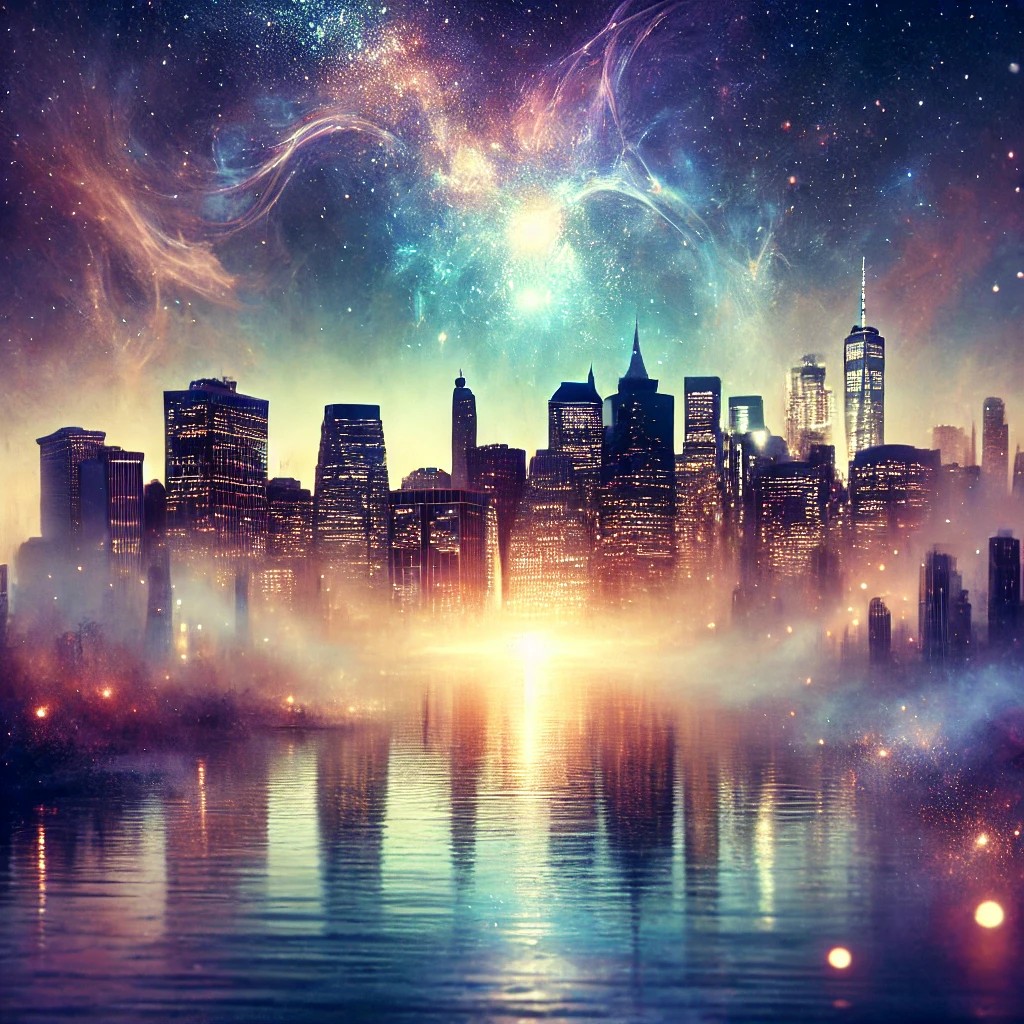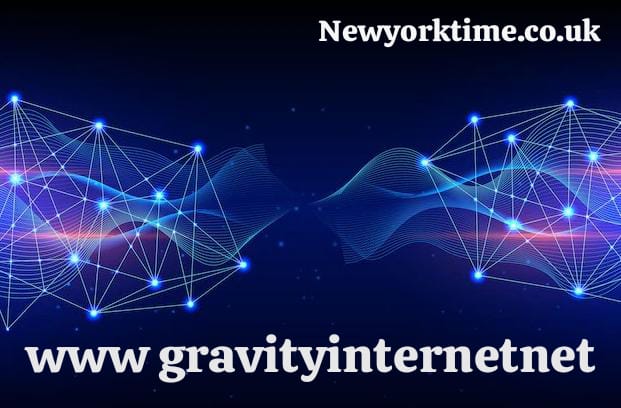
Introduction
The word “possiblyethereal” is a blend of two powerful concepts, suggesting a realm. That lies at the intersection of the known and the unknowable, the tangible and the intangible. Rooted in the evocative word “ethereal,” which implies something that is delicate, otherworldly, or beyond ordinary perception, and “possibly. Which hints at the potential rather than the certain, “possiblyethereal” becomes a portal. Into a fascinating exploration of what may or may not exist beyond our conventional experiences.
The Meaning Behind “PossiblyEthereal”
The concept of “ethereal” finds its origins in the Greek word “aither. Which refers to the “upper sky,” or the “pure, bright air” breathed by the gods. Ethereal, therefore, traditionally brings to mind qualities of lightness, subtlety, and transcendence. When combined with “possibly,” however, the term invites a question: Can something be both uncertain and otherworldly? “Possiblyethereal” suggests something that lies on the boundary of our reality. Something that might be glimpsed, yet never fully grasped—a sense of the divine or the mystical that dances just beyond the edges of our understanding.
The Allure of the Unknown
In many ways, “possiblyethereal” captures the human fascination with the unknown. Throughout history, humanity has been captivated by phenomena that defy explanation. From the shimmer of distant stars to mysterious dreams and the vast ocean depths. Our inherent curiosity drives us to explore, to seek answers. And to connect with that which feels just out of reach. The “ethereal” calls to us because it represents this possibility—a realm of beauty, mystery. And subtlety that our senses can only partially detect.
Applications of “PossiblyEthereal” in Art, Science, and Philosophy
The concept of “possiblyethereal” finds resonance in various fields, from art to science to philosophy. Each interpreting it through their unique lenses.
In Art and Aesthetics
Art has always sought to capture the ineffable. Artists aim to evoke emotions and experiences that cannot be expressed through mere words or physical representations. “Possiblyethereal” in art might refer to surrealist landscapes, spectral color schemes, or abstract shapes that seem to float in space. The works of artists like Salvador Dalí, René Magritte, and Hilma af Klint explore the idea of a hidden reality. Suggesting worlds that might exist beyond our perception.
This term also extends to modern digital and visual arts. Where augmented reality (AR) and virtual reality (VR) create experiences that seem real yet intangible. These technologies allow us to construct new forms of beauty and exploration. Where we can walk through impossible worlds and interact with environments that blend the real with the surreal.
In Science and Theoretical Physics
Science often walks the fine line between what is known and what is only “possiblyethereal.” Quantum mechanics, for example, challenges our understanding of reality. Suggesting particles that exist in superpositions or appear to communicate instantaneously across vast distances. This realm of “possiblyethereal” science suggests a universe far stranger and more interconnected than our everyday experiences imply.
Astrophysics, too, taps into the possiblyethereal. Concepts like dark matter, dark energy, and black holes are phenomena that. While rooted in scientific observation, still contain elements of mystery. The very fabric of our universe may indeed be made up of substances and forces we barely understand. Leaving room for the “ethereal” within our scientific worldview.

In Philosophy and Metaphysics
Philosophy explores the fundamental nature of reality and existence, often leading to questions that touch upon the possiblyethereal. Philosophers have long debated the existence of a realm beyond. The physical—a dimension that could be spiritual, mental, or metaphysical. Plato’s Theory of Forms, for instance. Posits that the physical world is only a shadow of a higher reality, an idea that resonates with the concept of something being “possiblyethereal.”
Modern existential and phenomenological philosophers continue to wrestle with questions about consciousness, perception, and the nature of being. Is consciousness a purely physical phenomenon, or does it have an ethereal quality? Are there aspects of reality we can sense intuitively but cannot measure? In a sense, every philosophical inquiry into the unknown is an exploration of the possiblyethereal.
PossiblyEthereal Experiences: From Dreams to Spiritual Encounters
On a personal level, many people encounter the “possiblyethereal” in everyday experiences that seem to transcend ordinary understanding. Dreams, for instance, often feel like a bridge to another world. Though grounded in neuroscience, dreams carry an air of mystery, with imagery and symbolism that can feel profoundly meaningful.
Similarly, many report spiritual or mystical experiences—moments that seem to connect them with something greater. Whether through nature, meditation, or even spontaneous insight. These experiences are often described as fleeting and difficult to explain, existing on the edge of perception. For those who seek meaning in the possiblyethereal. These moments serve as reminders of the beauty that lies beyond the limits of human understanding.

PossiblyEthereal and the Digital Age
In our increasingly digital age, “possiblyethereal” takes on new significance. The internet and digital environments have created virtual realms that exist somewhere between the tangible and the imagined. Social media, for instance, presents us with curated, idealized versions of reality. Blurring the lines between what is real and what is not.
The rise of artificial intelligence also brings with it questions about the nature of consciousness and the possibility of creating an intelligence that feels real but may lack true sentience. This exploration of digital consciousness straddles the line of the possiblyethereal, forcing us to consider whether an artificial mind could possess an essence that feels human, even if it isn’t.
Conclusion: Embracing the PossiblyEthereal
In a world that increasingly values concrete answers and measurable data, the concept of the possiblyethereal serves as a reminder of the beauty found in uncertainty. It invites us to explore, question, and wonder. While we may never fully understand what lies beyond the physical world, the journey of discovery—the attempt to glimpse the ethereal—is a profoundly human endeavor.
Possiblyethereal represents the frontier of our curiosity, the boundary between what we know and what we dream of. It reminds us that the world, and indeed the universe, is far more complex, beautiful, and mysterious than we can ever fully grasp. Whether through art, science, or personal experience, exploring the possiblyethereal encourages us to embrace the unknown, finding beauty and inspiration in the mystery itself.
Frequently Asked Questions about “PossiblyEthereal”
What does “possiblyethereal” mean?
“Possiblyethereal” is a concept that combines “possible” and “ethereal,” suggesting something that is uncertain, otherworldly, or existing on the edge of perception. It refers to an idea, experience, or quality that feels mystical or intangible, yet may or may not exist in reality.
How is “possiblyethereal” used in everyday language?
This term can describe anything that feels subtly mysterious or dreamlike, yet unclear. For example, an artwork that evokes a surreal or mystical feeling could be described as “possiblyethereal.” It can also refer to experiences or ideas that feel on the edge of understanding or definition.
Can “possiblyethereal” apply to scientific or philosophical concepts?
Yes, “possiblyethereal” can describe concepts in quantum mechanics, astrophysics, or philosophy where phenomena exist that are partially understood or theorized but not fully visible or tangible, like dark matter, consciousness, or metaphysical ideas.
Is “possiblyethereal” associated with spirituality or mysticism?
Many people associate “possiblyethereal” with spiritual or mystical experiences because it suggests a feeling or presence that is hard to define. It’s often used to describe moments or encounters that feel significant but are difficult to explain rationally, like moments of insight or surreal dreams.
How can “possiblyethereal” be represented in art or literature?
In art and literature, “possiblyethereal” can be shown through abstract, surreal, or mystical imagery, dreamlike settings, or themes that explore mystery and uncertainty. Artists might use light, color, and soft textures to convey a sense of something otherworldly, while writers may use ambiguous language or settings to evoke this feeling.




